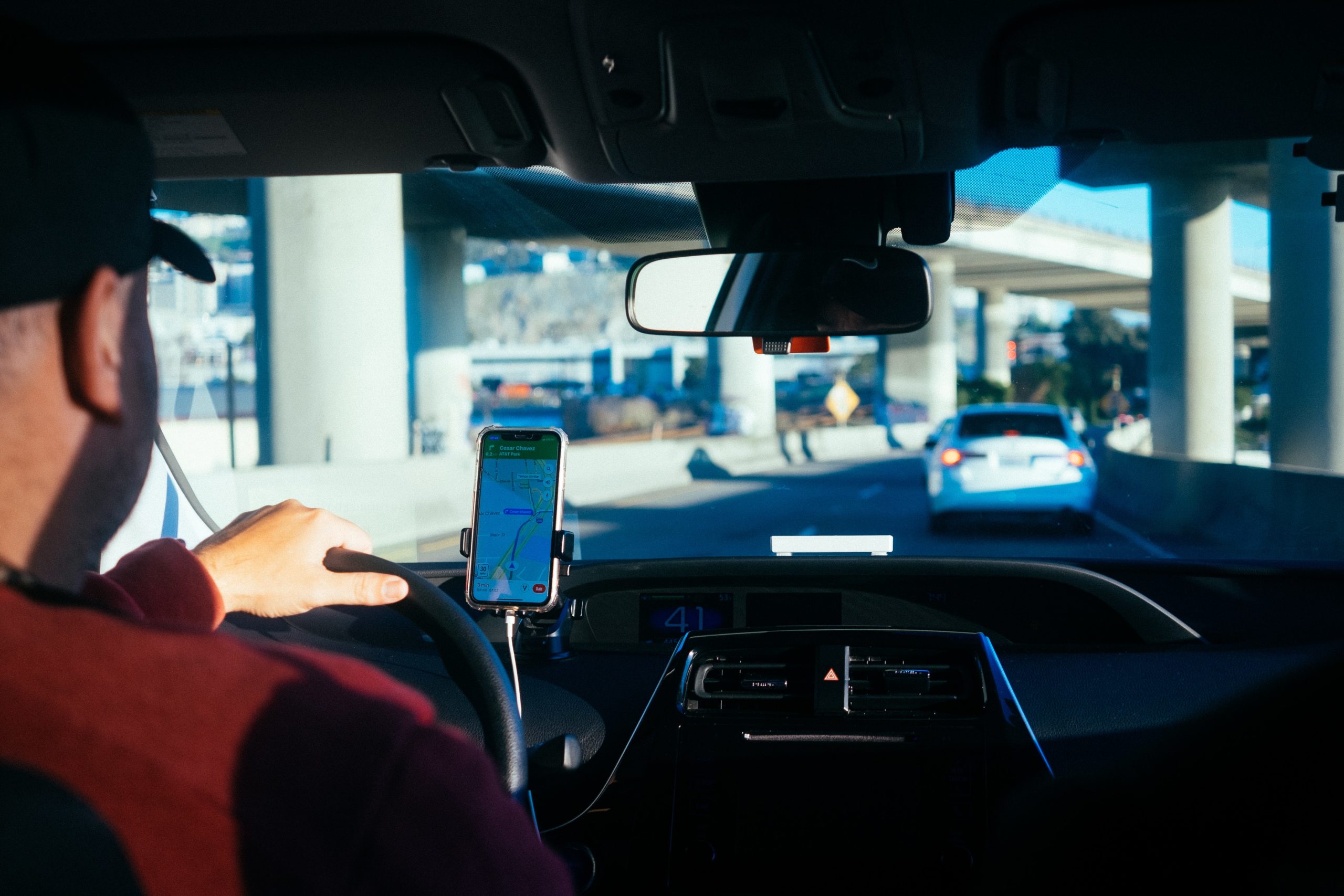For older adults who have been on the road for a long time, it may be challenging to give up the independence that comes with driving. Still, driving becomes risky as we age and it may take others longer to come to this realization than others. In fact, older drivers are more likely to receive citations than younger drivers, despite the difference in experience. Fatal crash rates also increase with age.
This is often due to limited eyesight and hearing that many older drivers experience, as well as varying levels of concentration ability. Mobility issues and chronic pain also make it difficult to perform motions associated with driving, like looking over one’s shoulder or even just moving between the gas and the brake pedals. For these reasons, it is important that older drivers acknowledge that it may be unsafe for them to continue driving and make the transition to being a passenger.
Available Transportation Services
Luckily for older adults looking to transition away from driving, there are many options available. With such a wide range of available transportation services, older adults will still enjoy easy access to transportation and won’t even lose the independence they had when driving themselves.
- Loved ones: Loved ones are a great resource for help. In a pinch, a free ride from a friend or family member who happens to be available might be the easiest option. However, it might not always be easy to schedule rides with them, so having other options available will avoid confusion.
- Public transportation: Public transportation is generally affordable and operates on a wide enough network that older adults can still feel independent and like they are able to get around by themselves. Unfortunately, public transportation is also not widespread enough in many cities and will require older users to do some walking, which can be difficult for those with mobility issues.
- Faith-based or community organizations: These organizations often have initiatives for older members of the community and are usually free of charge. They are convenient for local rides.
- Rideshare Apps: Rideshare apps like Uber and Lyft operate all across the US and are a convenient option. Uber is working to make its services more accessible for those with mobility issues, and allows users to request drivers that have wheelchair training. These apps are great for finding quick and convenient rides for once-in-a-while excursions.
- Dial 211: Dialing 211 connects the caller to a non-emergency line with city resources. This is a great start to discover the available resources specific to the region the older adult lives in. Lyft is partnering with United Way to use these lines to provide rides for older adults that cannot use public transportation. However, rides may not be available in all regions.
- Roundtrip: Designed for healthcare providers, Roundtrip is a service that avoids the confusion of figuring out other options and offers comprehensive non-emergency medical transportation via an easy-to-use online platform. It connects patients with all of the available options, from traditional rideshares to stretcher vehicles. Roundtrip streamlines the ride booking process, so older adults and their healthcare providers can save time and focus on staying healthy. This is an especially good option if an older adult is experiencing a prolonged health issue that requires more visits to the doctor than usual.
While older adults may crave the independence and convenience of driving, sometimes it just isn’t possible. Finding and utilizing the many available transportation options will help them keep their independence without compromising their safety.




